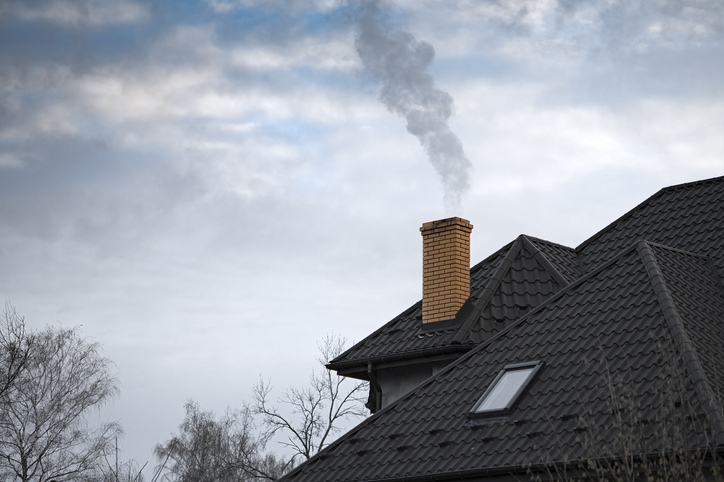Towering above rooftops, chimneys are iconic architectural features that often go unnoticed and underappreciated. But these structures play an important role in allowing fires to breathe and buildings to vent out harmful gases safely. More than just decorative facades, chimneys contain an ingenious network of components working together in systematic harmony.
From the visible outer stack to the hidden inner liner, a chimney’s anatomy is an engineering marvel designed to maximize airflow and withstand intense heat. So next time you spot a chimney, pause to admire the hero protecting the household by removing combustion’s unwanted byproducts.
Now, let’s explore the different parts that make up a chimney.
The Chimney’s Main Sections
At its most basic, a chimney consists of the following primary sections:
The Chimney Stack
The most visible part is the chimney stack, the vertical tower rising above the rooftop. It’s usually made of bricks, concrete blocks, or an insulated metal pipe. The stack protects the inner flue from weather while providing an exit path for exhaust.
The Flue Liner
Running down through the center of the stack is the flue liner. This hollow channel, called the flue, is where the hot gases and smoke travel upward. Flue liners are constructed from fired clay tiles, or a poured refractory cement, or an insulated stainless-steel pipe. Their smooth interior helps establish good air draft while containing the high heat.
The Smoke Chamber
At the bottom of the flue is the smoke chamber, a space that collects combustion gases from the firebox. This transitional area allows the smoke to shift direction into the vertical flue above. Dampers are located here to regulate airflow and prevent air drafts when not in use.
The Chimney Crown
At the very top is the chimney crown. This concrete slab or metal pan covers the chimney stack, shielding the interior from rain. It usually overhangs slightly beyond the stack to allow precipitation to drain away.
Other Key Components
Every chimney should also include:
- Chimney Cap/Spark Arrester: A cover and screen on top to keep out water, animals, debris, and downdrafts.
- Flashing: Sheet metal strips sealing gaps between chimney and roof.
- Firestop: Heat-resistant barriers in framed spaces the chimney passes through.
All these different parts work together as a system to safely vent dangerous gases and smoke away from the building interior.
Staying Safe with Chimneys
To keep chimneys functioning properly and avoid fire hazards:
- Have chimneys inspected and swept annually by professionals.
- Check regularly for cracked or deteriorated mortar, tiles, or liners.
- Install chimney caps and screens to block debris and animals.
- Burn only approved materials like dry wood, never trash or chemicals.
- Never overfire beyond designed temperature or draft ratings.
By understanding a chimney’s anatomy, you can better maintain this essential venting system and keep your home safe season after season!
Ready to ensure your chimney is in excellent condition? Trust Chimney Clean Company, Inc. for cleaning, inspecting, and repairing chimneys and fireplaces in Santa Clara County and the South Bay Area. Whether it’s a minor repair or a major rebuild, we’ve got you covered. Don’t wait until it’s too late—contact ustoday to schedule your chimney service!

